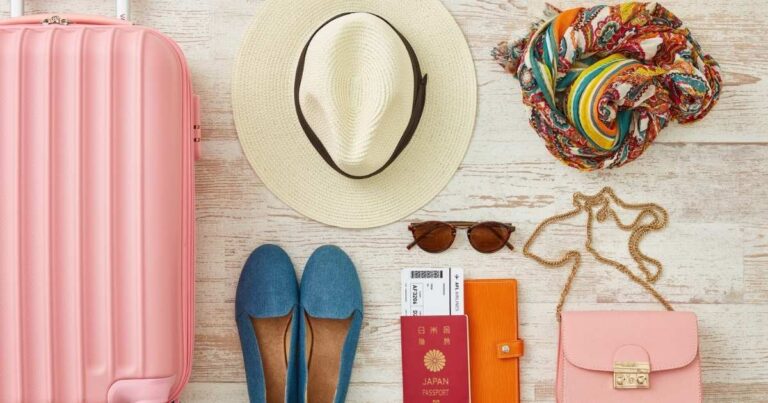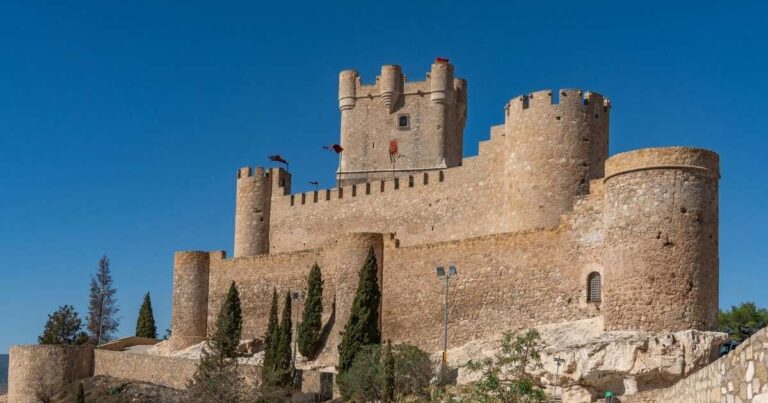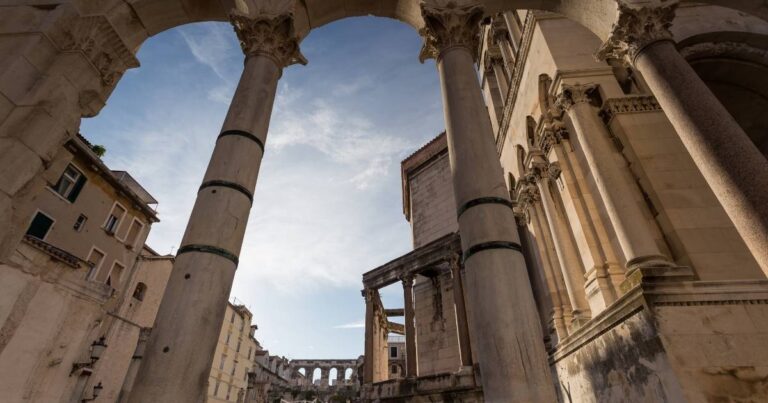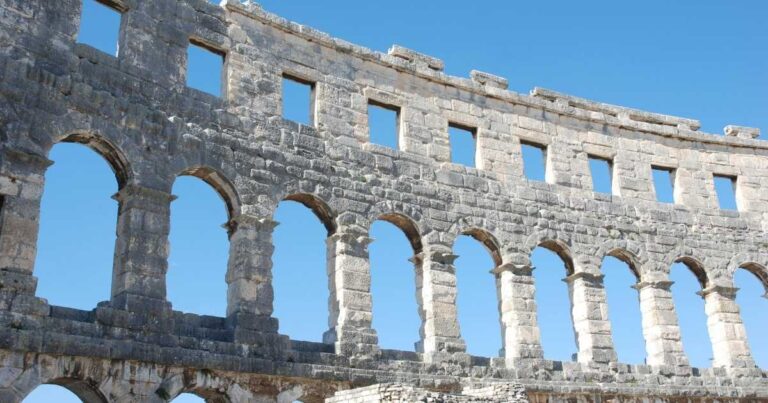Overview of Croatia as a travel destination
Croatia draws millions of visitors annually with its stunning Adriatic coastline, historic cities, and lush national parks. In places like Dubrovnik and Split, you find crystal-clear waters, ancient Roman ruins, and vibrant markets. The country boasts over 1,000 islands, making it a top spot for beach lovers and history buffs. In 2023, tourism hit record highs with more than 20 million arrivals, showing its growing appeal.
Beyond the beaches, Croatia offers diverse experiences from hiking in Plitvice Lakes to exploring Zagreb’s museums. Travellers enjoy fresh seafood, local wines, and friendly hospitality. Yet, the terrain varies from flat coastal areas to hilly interiors, which impacts planning for everyone.
Importance of accessibility in travel
Accessibility opens doors for all travellers, ensuring no one misses out on adventures. It promotes inclusion and boosts economies by welcoming diverse visitors. Studies show that accessible tourism could add billions to global revenues, as over 1.3 billion people live with disabilities worldwide. In Europe, more than 71% of disabled individuals from northern countries choose to travel when options suit their needs.
Without proper features, barriers like stairs or uneven paths exclude people. Good accessibility builds confidence and creates memorable trips. It also reflects a society’s values, making destinations more humane and attractive.
Purpose of the guide: to provide practical information for travellers with disabilities
This guide helps you navigate Croatia with ease if you have disabilities. We share tips on destinations, transport, and lodging to smooth your journey. Whether new to travel or seasoned, you’ll find actionable advice here.
We cover real experiences, recent trends, and resources. Expect details on wheelchair-friendly spots and communication aids. Our goal? Empower you to explore Croatia confidently.
Understanding Accessibility in Croatia
Overview of disability rights and accessibility laws in Croatia
Croatia protects disability rights through laws aligned with the UN Convention on the Rights of Persons with Disabilities. The Social Welfare Act defines disabilities broadly, covering physical, sensory, and mental impairments. Over 250 laws and international agreements support this framework.
2024 Croatia led the EU by introducing the European Disability Card and Parking Card first. New regulations mandate accessible digital services and devices like ATMs. These steps show commitment, though enforcement varies in rural areas.
Types of disabilities considered in accessibility planning
Planners in Croatia address mobility issues with ramps and elevators. Visual impairments get tactile guides and audio descriptions in some sites. Hearing needs loop systems in public venues.
Mental and cognitive disabilities receive simplified information and quiet spaces. Trends show a growing focus on invisible disabilities like autism. Projects like TOURISM4ALL expand networks for all types.
General accessibility features in public spaces, transportation, and accommodations
Public spaces often feature ramps, wide doors, and adapted restrooms in cities. Beaches have access mats and amphibious wheelchairs in spots like Zadar. National parks offer partial trails with boardwalks.
Transport includes low-floor trams in Zagreb and some buses. Ferries from Jadrolinija provide ramps. Hotels add roll-in showers and grab bars. Future EU standards push for more universal design.
Coastal areas lead in features, while inland spots improve slowly. Apps like Wheelmap help locate these amenities. Overall, Croatia progresses toward inclusive travel.
Accessible Destinations in Croatia
Major cities with accessible attractions
Croatia’s cities blend history and modernity with growing accessibility. In key spots, you can explore without major hurdles, and operators offer adapted tours for ease.
Zagreb shines with flat lower town areas and low-floor trams. Upper town poses challenges but has alternatives.
Zagreb: parks, museums, and public transport
Zagreb’s Maksimir Park features paved paths for wheelchairs. You stroll through gardens and lakes easily. The zoo adds ramps for full access.
Museums like the Museum of Broken Relationships provide audio guides and elevators. Public transport includes accessible trams covering most routes. Buses vary, but apps track low-floor options.
Visitors praise the city’s vibe. One traveler shared how ramps made market visits seamless. Zagreb’s compact layout suits beginners.
Split: waterfront, historical sites, and accessibility options
Split’s Riva promenade offers smooth walkways along the sea. You enjoy views and cafes without barriers. Diocletian’s Palace has partial access via ramps.
Historical sites like the Cathedral provide lifts. Nearby beaches, like Bene, include ramps and adapted facilities. Tours use accessible vans for the outskirts.
The old town feels lively yet navigable. Travellers note helpful locals who assist when needed. Split balances adventure and comfort.
Dubrovnik: accessible tours and accommodations
Dubrovnik’s Stradun street runs flat for easy rolling. Walls tours adapt to lower viewpoints. Cable cars to Mount Srd include wheelchair spots.
Accommodations like Hilton Imperial offer roll-in rooms. Guided tours use ramps and avoid stairs. Despite the hills, the city’s beauty shines.
One case study: A group used accessible shore excursions and loved the views. Dubrovnik rewards planning with unforgettable sights.
Natural attractions and outdoor activities
Croatian nature invites exploration with adapted features. Parks and beaches evolve to welcome all. Trends show more eco-friendly access paths.
You find boardwalks and viewing platforms. Outdoor activities include boat tours with ramps.
National parks with accessible trails
Krka National Park boasts wheelchair-friendly paths to waterfalls, boardwalks that let you see Skradinski Buk up close, and electric shuttles that aid mobility.
Plitvice Lakes offers partially paved trails with ramps. Viewing areas provide lake vistas without hikes. Staff assists as needed.
Parks like Paklenica add accessible entrances. Visitor centres include tactile exhibits. Nature becomes inclusive here.
Beaches with wheelchair access
Kostanj Beach in Rijeka features ramps and sea wheelchairs. You can easily enter the water, and the adapted changing rooms enhance comfort.
In Split, Bene Beach has mats and lifeguards trained for assistance. Zadar’s Vitrenjak includes parking and toilets.
Pebble beaches dominate, but access improves yearly. Trends favour more amphibious chairs, so you can relax and swim without worry.
Cultural experiences and events
Cultural sites in Croatia adapt for inclusion. Museums offer braille and sign language tours. Events like festivals add accessible seating.
You immerse yourself in traditions through adapted workshops. Storytelling elements bring history alive.
Dubrovnik’s Summer Festival provides ramps for venues. Zagreb’s Advent Market features wide aisles. Local dances include seated options.
One traveler recounted joining a folk event with audio descriptions. It felt welcoming. Croatia’s culture thrives for all.
Museums in Pula offer tactile models of amphitheaters. Future insights predict virtual reality for remote access. Engage deeply.
Practical Tips for Travelling in Croatia
Transportation options for travellers with disabilities
Getting around Croatia requires some planning, but options grow. Major cities lead with adapted services, and apps help track real-time access.
Ferries and trains improve yearly. EU rights ensure assistance at stations.
Accessible public transport
Zagreb’s trams are mostly low-floor for easy boarding. Buses in Split include ramps on select routes. Tickets offer discounts with disability cards.
Trains provide wheelchair spaces on main lines. Staff help with boarding. Apps like Lazarillo guide navigation.
In Dubrovnik, buses adapt to hills. Visual travellers use audio announcements. Public transport saves time and money.
Car rentals and adapted vehicles
Rent adapted cars from companies like Sixt with hand controls. Book ahead for availability. Driving lets you explore freely.
Accessible vans suit groups. The FuelService app finds assisted gas stations. Parking cards grant special spots.
One tip: Test vehicles first. Roads vary, but highways are smooth. Independence comes easily this way.
Finding accessible accommodations
Croatia offers diverse stays with features like grab bars. Coastal hotels lead in adaptations. Use filters on booking sites.
Trends show more eco-friendly accessible rooms. Chains commit to standards.
Recommended hotels and hostels
Valamar Argosy in Dubrovnik has roll-in showers and pool hoists. Esplanade Zagreb provides spacious rooms and elevators.
In Split, Radisson Blu offers beach access. Hostels like Design Hostel Goli & Bosi add budget options with ramps.
Guests rave about the staff’s help. Choose based on location for convenience.
Booking tips and resources
Filter for “accessible” on Booking.com or DisabledHolidays.com. Contact properties directly for details. [Insert Internal Link to Accommodation Guide]
Websites like Sage Travelling review options. Book early in summer. Resources ensure fit.
Communication and assistance resources
Communication eases with English in tourist areas. Assistance comes from local groups. Apps bridge gaps.
You find support networks quickly. Trends favour tech for independence.
Local organisations and support networks
The Croatian Union of Physically Disabled Persons Associations offers advice. They connect to guides and equipment rentals.
ENAT provides European resources. Tourist boards like Croatia.hr share info.
Join forums for peer tips. Networks build community.
Useful apps and websites
Wheelmap marks accessible spots worldwide. Passenger Assistance books train help.
Sites like Accessible Travel Press update on Croatia. Use them for planning. Stay connected.
Conclusion
Recap of the importance of accessibility in travel
Accessibility lets everyone enjoy travel’s joys. It fosters inclusion and economic growth. Croatia’s efforts show progress in laws and features.
Barriers fall with planning. Value comes from shared experiences.
Encouragement to explore Croatia
Dive into Croatia’s beauty. From beaches to cities, adventures await. Your trip inspires others.
Pack confidence. Croatia welcomes you.
Final thoughts on making the most of an accessible travel experience in Croatia
Plan for smooth sailing. Use resources and embrace locals’ help. Accessible Croatia offers riches for travellers with disabilities.
Create memories. Travel transforms.
FAQs
How do I arrange assistance at Croatian airports?
Major airports like Zagreb and Split provide free help if requested 48 hours ahead via your airline. They offer wheelchairs, escorts, and priority boarding under EU regulations.
What are the costs for accessible tours in Croatia?
Expect €800-€930 for private accessible van tours for 1-2 people, as seen in shore excursions. Group options cost less; check sites like Sage Travelling for deals.
Is Croatia suitable for travelers with visual impairments?
Yes, with audio guides in museums and tactile maps in parks like Krka. Apps like Lazarillo assist navigation, and some ferries have announcements.
What is the best time to visit for fewer crowds and better accessibility?
Spring (April-May) or fall (September-October) avoids summer heat and crowds, making navigating paths easier. The weather stays mild for outdoor activities.
Can I rent mobility equipment in Croatia?
Yes, companies like Disabled Accessible Travel offer wheelchair and scooter rentals in cities like Dubrovnik. Book in advance for delivery to your hotel.







